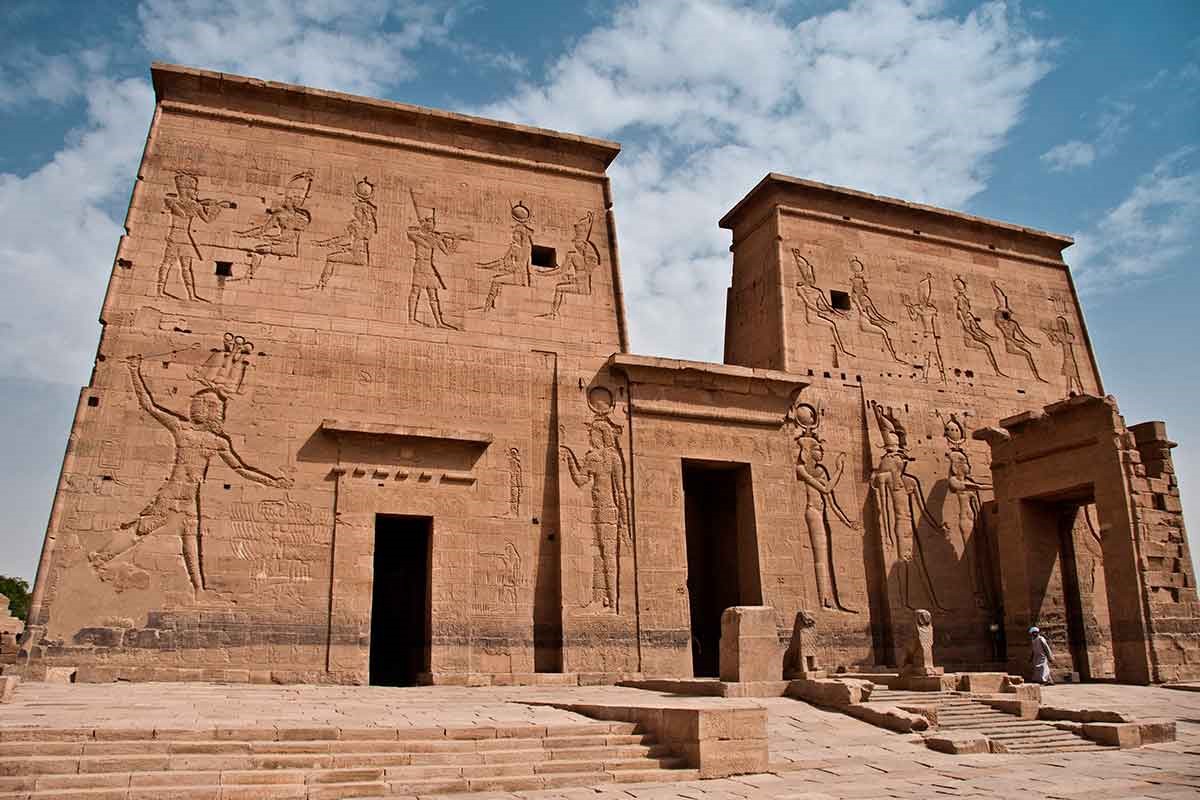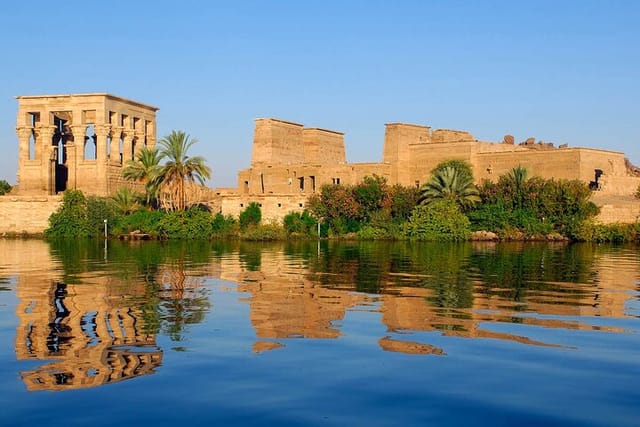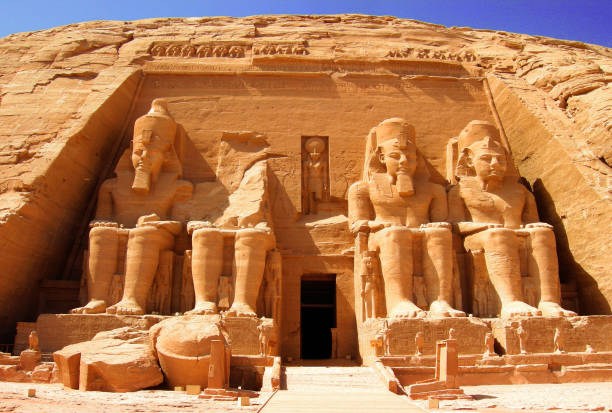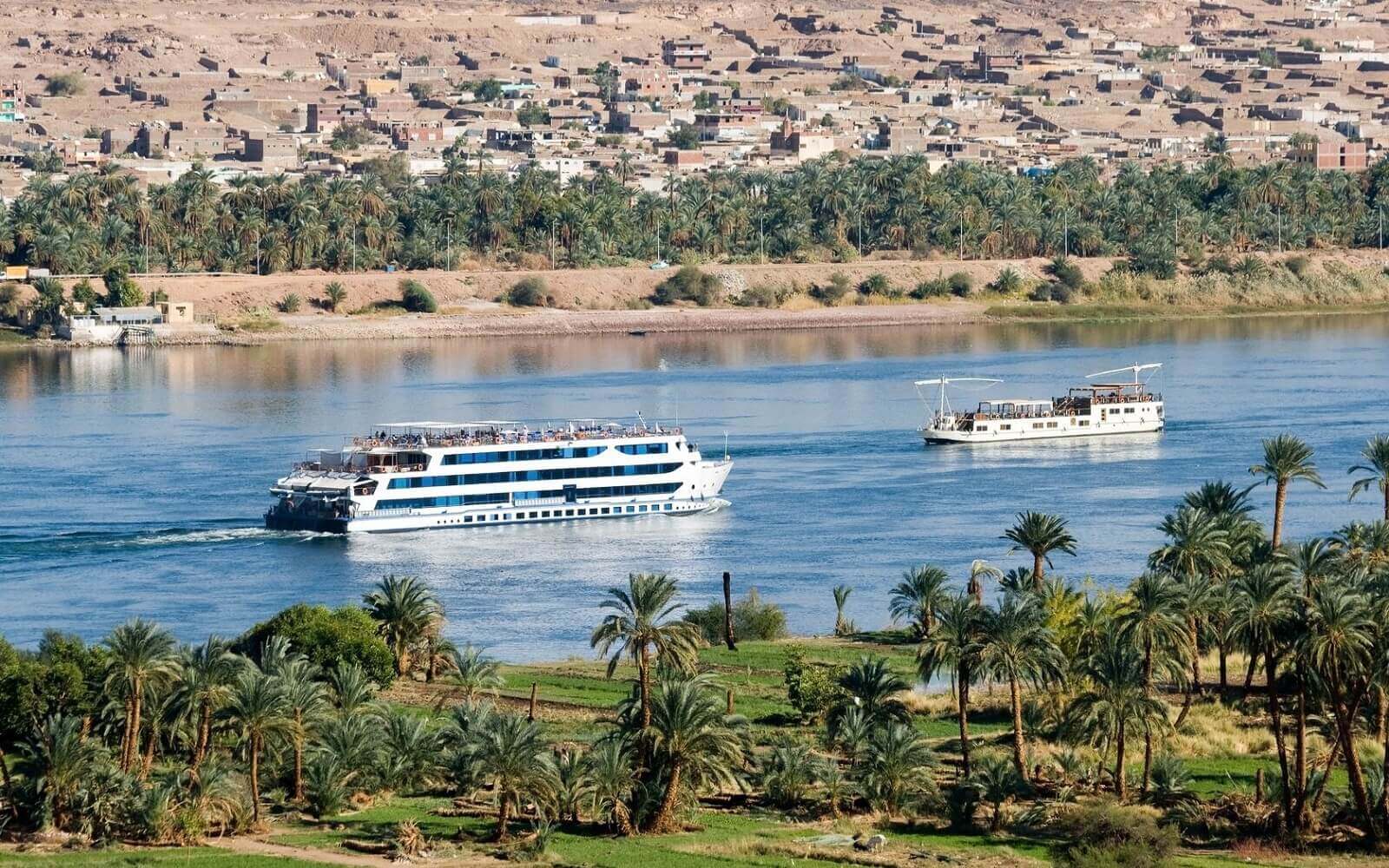Day Tour : Abu Simbel Temples & Nubian Village
0/5
0% of guests recommend
Duration
8 Hours
Tour Type
Day Tour
Group Size
48 persons
Location
Aswan
Overview
Cultural Heritage and Ancient Wonders
Full Day: Experience the majesty of the Abu Simbel Temples in the morning.
Afternoon: Delight in a visit to a Nubian Village, savoring local cuisine and experiencing the warmth of Nubian hospitality and traditions.
Lunch: Savor delicious local Egyptian cuisine at a nearby restaurant.
Included/Excluded
Bottle of water
Lunch
Entrance fees
Transportation
Tour guide
Beverages
Tips
Everything not included in the itinerary
Itinerary
Nubian Village
Nubian Village
Nubian Village is one of Egypt's most unique and cultural areas, located near Aswan. The Nubian Villages are characterized by colorful and beautiful houses with rounded roofs that reflect the unique architectural heritage of this culture. The inhabitants of Nubian villages maintain their traditions and customs, and speak the Nubian language alongside Arabic.
The region is rich in history and culture, and contains Nubian statues and ancient temples. The Nubian village sare also a tourist attraction where visitors can enjoy river cruises on the Nile Rive rand visit Nubian markets to buy handicrafts and spices.
Abu Simbel
Abu Simbel
Abu Simbel is a monumental archaeological site in southern Egypt, famous for its two massive rock-cut temples built by Pharaoh Ramses II during the 19th Dynasty. The temples are carved into the cliffs near Lake Nasser and are renowned for their grandeur and architectural precision. The larger temple is dedicated to Ramses II himself, featuring four colossal statues of the pharaoh at its entrance, while the smaller temple honors his wife, Queen Nefertari, with equally impressive statues. Abu Simbel is especially remarkable for its alignment with the sun, which illuminates the inner sanctum twice a year, symbolizing the power of the pharaoh. In the 1960s, the temples were relocated to higher ground to avoid being submerged by the rising waters of the Aswan High Dam, making it one of the most iconic and well-preserved sites in Egypt.
Travel Styles
Cultural
Nature & Adventure
Activities
Special Interest
Historical
FAQs
Where is the Nubian Village located?
The Nubian Village is located on the banks of the Nile River, just a short boat ride away from Aswan. It is situated on one of the islands in the area, offering a peaceful and picturesque setting.
Reviews
0/5
Not Rated
Based on
0 review
Excellent
0
Very Good
0
Average
0
Poor
0
Terrible
0
No Review
from
150$
Tour Start Date
{{ start_date_html }}
Tour End Date
{{ end_date_html }}
Last Booking Date
{{ last_booking_date_html }}
{{start_date_html}}
{{type.desc}}
{{type.display_price}} per person
Extra prices:
({{type.price_type}})
{{type.price_html}}
Discounts:
{{type.from}} - {{type.to}} guests
from {{type.from}} guests
- {{ formatMoney(type.total) }}
({{type.price_type}})
{{ type.price }}%
{{ formatMoney(type.price) }}
- {{total_price_html}}
- {{pay_now_price_html}}
from
150$







